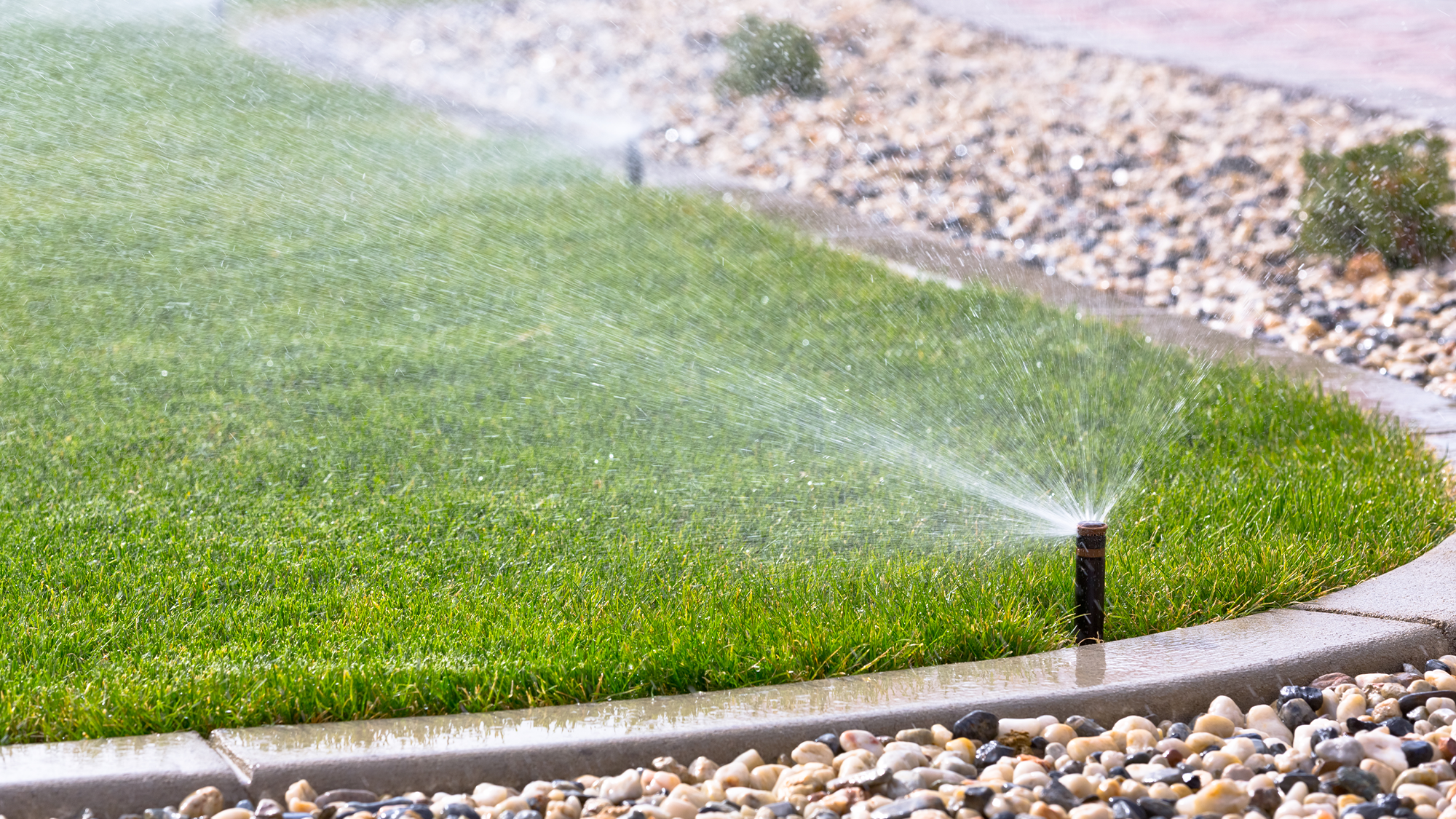

The Metropolitan Water District of Southern California (MWD) declared a drought emergency for all of the region on Wednesday. The declaration clears the way for possibly mandatory water restrictions early in 2023. The supplier provides water to 26 different agencies that service Los Angeles and San Diego counties, two of the region’s major population centers and about 19 million people.
Since Southern California doesn’t see too much rain (about 11 inches per year in Los Angeles) the district imports roughly half of its water from the the northern Sierra Nevada mountains and Colorado River via the State Water Project (SWP). The SWP is a very complex system of dams, canals, and reservoirs that many Californians rely on for water.
[Related: The American West is drier than it’s been in at least 1,200 years.]
However, the Colorado River is at record lows and the critical Sierra Nevada snowpack is also dwindling, as a 23 year-long mega drought grips the western United States. Warmer and drier weather driven by climate change threatens water supplies as well. According to Dan Bunk, a US Bureau of Reclamation water manager, two of the of the largest reservoirs on the Colorado River are at historically low levels. Lake Mead, located behind the Hoover Dam on the Nevada-Arizona state line is at 28 percent capacity, compared to 100 percent in mid-1999. Lake Powell, which is formed by the Glen Canyon Dam on the Arizona-Utah border was last full in June 1980, and is at 25 percent capacity today.
Earlier this year, the MWD declared a drought emergency for the agencies that primarily depend on the SWP for drinking water, affecting about 7 million people.
The MWD board voted to extended that declaration to cover every Southern California water agency and called on the agencies to immediately reduce water imports. The board will decide if these cuts are mandatory if the drought continues by April 2023. “Some Southern Californians may have felt somewhat protected from these extreme conditions over the past few years. They shouldn’t anymore. We are all affected,” said Gloria D. Gray, chair of the Metropolitan Water District’s Board.
In March, California officials announced that water agencies in the state would only get five percent of their requested supplies for the beginning of next year due to the extremely dry conditions. However, some agencies may receive slightly more if its necessary for drinking, sanitation, or other safety and health concerns.
[Related: Heavy rains in drought-stricken states could be dangerous.]
Up to three-quarters of all water used in Southern California is used for watering yards and gardens. In 2021, California Governor Gavin Newsom called for homes and businesses to cut their water use by 15 percent, but only 5.2 percent has been reduced, according to the State Water Resources Control Board.
“I think Metropolitan is being very proactive in doing this,” Dave Eggerton, executive director of the Association of California Water Agencies, told the Associated Press. “It’s really the right thing to do.”
The MWD is also investing in potentially the world’s largest water recycling system, called Pure Water. This system recycles wastewater rather than sending it out into the ocean.
Despite some storms that have dumped heavy rain and snow in the Central Valley and the Sierra Nevada, reservoirs are all still well below average for this time of year.
